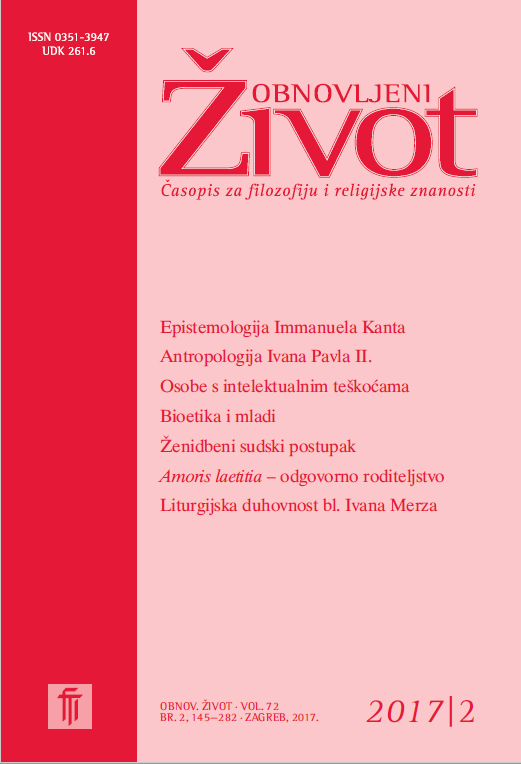Proof by Documentation
Special Review of the Procedure for the Declaration of Nullity of Marriage
Keywords:
proof, documentum, document, instrumentum, means, private and public document, procurement and assessment of documents, anonymous letters, full evidenceAbstract
Proof by documentation (CCL, Cann. 1539–1546; DC, Art. 183–192) is of particular importance in tribunal procedure. Among the five means of proof it holds second position. Firstly, the authors explain the notion of the document. In the broader sense, a document is an instrumentum (means) which signifies any item suitable for furnishing evidence, for example, a DVD, CD, various SMS messages and emails/ electronic entries. In the narrower sense, the document (documentum) is identified with a written entry, that is, something existing in written form. Canonical doctrine prefers the notion of the document in the narrower sense. Next, the authors present the basic division into public documents, which may be ecclesial or civil, and all remaining documents, which are considered personal documents. The Instruction Dignitas Connubii has given specific explanations regarding already existing decrees, as well as some details which do not exist in the Code of Canon Law, but have to do with documents of a personal nature. In their discussion on various documents , always with due respect to the basic principle of freedom in furnishing evidence and the free evaluation of its evidentiary value, the authors stress the topicality of the manner of assessing new types of documents introduced by technological advancement, as for example, the various types of recordings and entries by means of cell phones and other technical devices, as well as computer records as possible documents which might serve as means of evidence. Here the issue of privacy must be addressed. A particular difficulty arises also in the procurement of documents which are in the possession of public civil service agencies.
Downloads
Published
Issue
Section
License
Jednom prihvaćeni članak obvezuje autora da ga ne smije objaviti drugdje bez dozvole uredništva, a i tada samo uz bilješku da je objavljen prvi put u Obnovljenom životu. Uredništvo će obavijestiti autora o prihvaćanju ili neprihvaćanju članka za objavljivanje.
Članci objavljeni u časopisu se, uz prikladno navođenje izvora, smiju besplatno koristiti u obrazovne i druge nekomercijalne svrhe.


